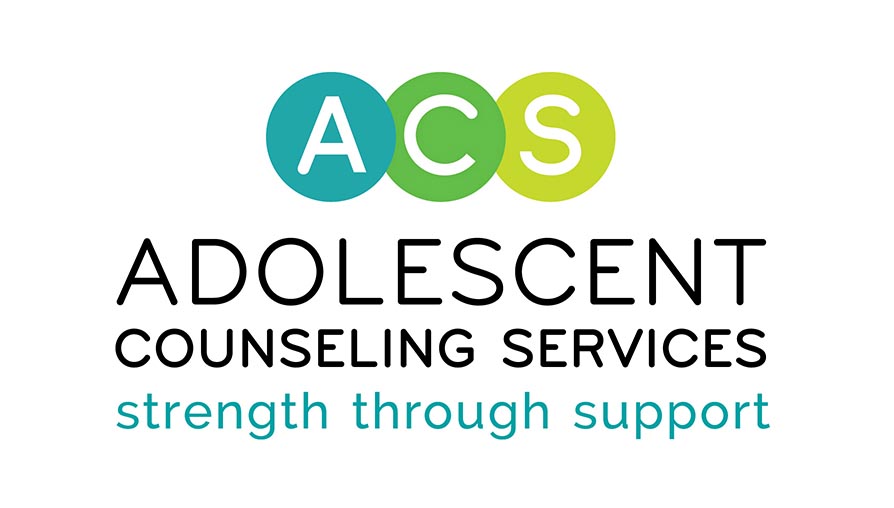
How to Talk to Your Child About Suicide and Self-Harm
Written By: Holly Fitch, Clinical Trainee at ACS, Outlet Program
TALKING ABOUT SUICIDEand self-harm may be intimidating, but it is a crucial conversation to have with your child. Both suicide and self-harm are becoming increasingly common for children and adolescents. The goal of these conversations is to be open and understanding, while also taking steps toward your youth’s wellbeing. If there are conversations about mental health between you and your youth, then you can help provide accurate information and your child will know they can come to you about their mental health and problems.
Let’s define what suicide and self-harm are. Suicide or suicidal behavior is planning, imagining, or acting on suicidal thoughts or urges. Self-harm (also called non-suicidal self-injury) are behaviors that are not intended to end their life, but rather can be used to feel control, help regulate one’s emotions/pain, communicate their pain, or to punish themselves. Self-harm can include but is not limited to cutting, scratching, burning, punching/hitting oneself, pulling at skin or hair, or starving as punishment. Self-harm does not always occur with suicide, but it can lead to suicidal behaviors without interpersonal and professional support. Now, it is important to stress that suicide and self-harm can be brought on by stressors and is a very human response to difficult events and experiences.
Tips:
- Tell and show that you care and love them
- React calmly
- Speak at a normal volume
- Be non-judgmental
- Acknowledging how it could have been difficult to share this
- Encourage professional help
- Identify stressors
For elementary youth or younger, you can have your answers and explanations be honest but short. For middle school children, you may want to talk about stressors and let your child share what they know about suicide and mental health. By middle school, they are more likely to know someone who is struggling with their mental health. For high schoolers, remind them that mental health can be treated and share resources, so the youth can use it with or without you and share it with their peers. Lastly, you can always reassure your child that they can come to you and ask for help.
Next steps:
- Get in contact with a mental health professional if you have one
- If you don’t have access to a mental health professional or you need immediate support, contact crisis lines
- Remove dangerous items from your home
Resources:
- Call or text 988, or 988lifeline.org
- Crisis Text Line: Text “HOME” to 741741 or crisistextline.com
- Trevor Project: 866-488-7386 or text “START” to 678-678
___________________________
References
https://www.suicideinfo.ca/local_resource/self-harm-and-suicide/
